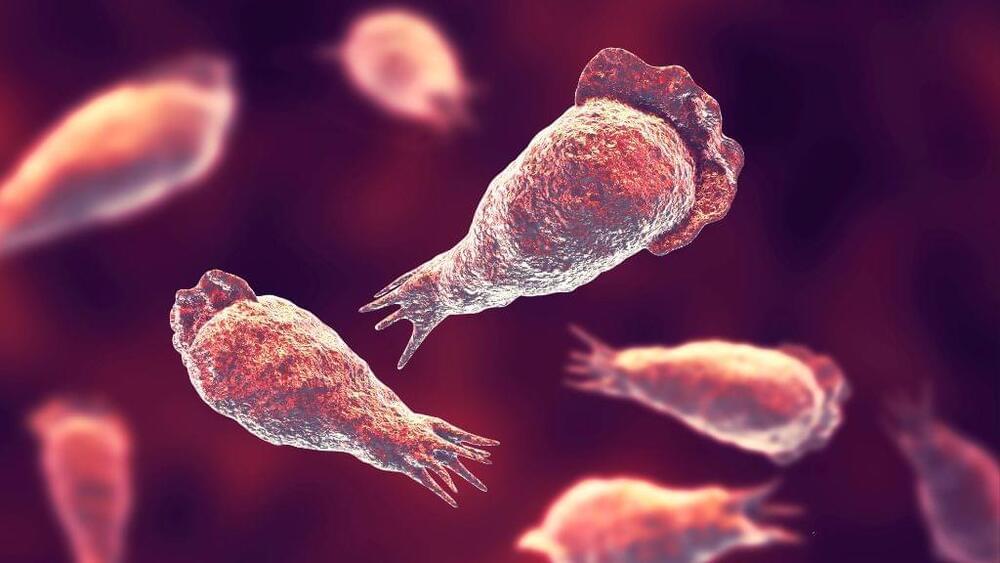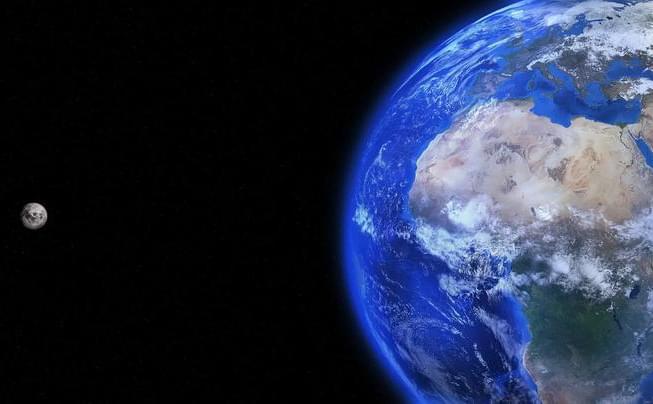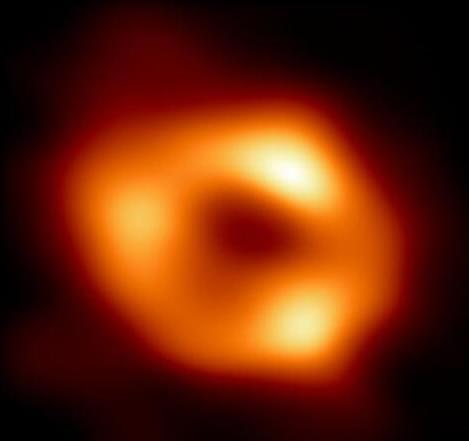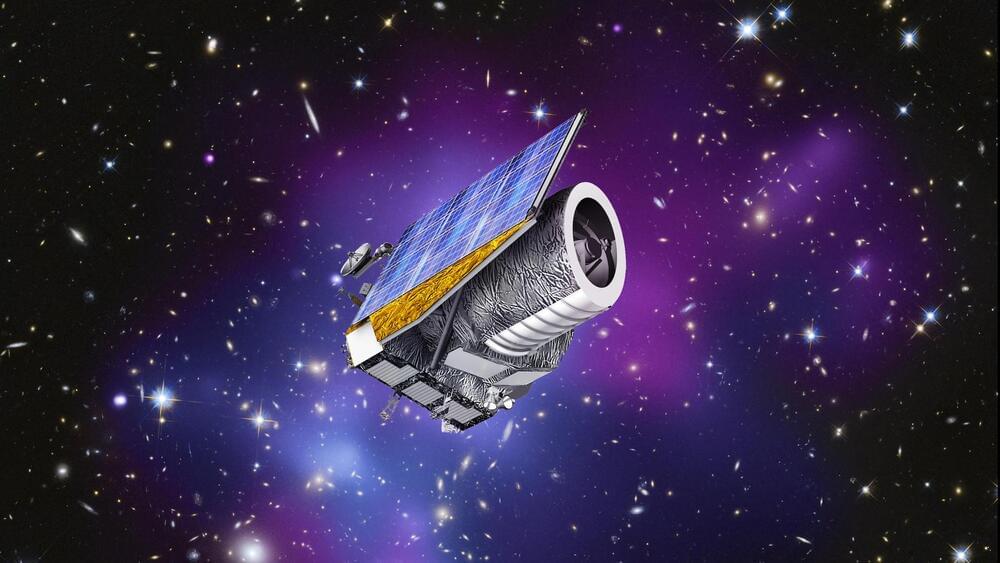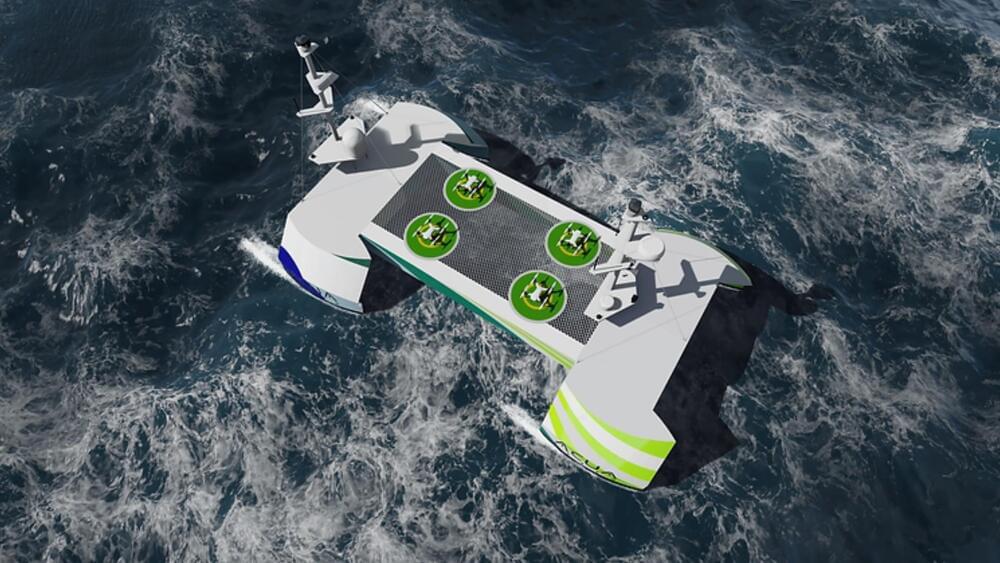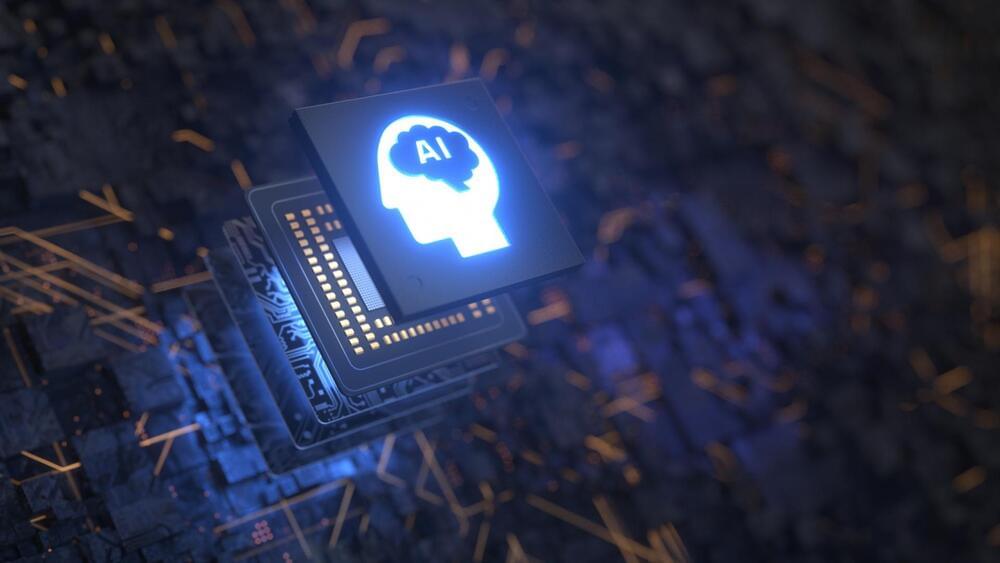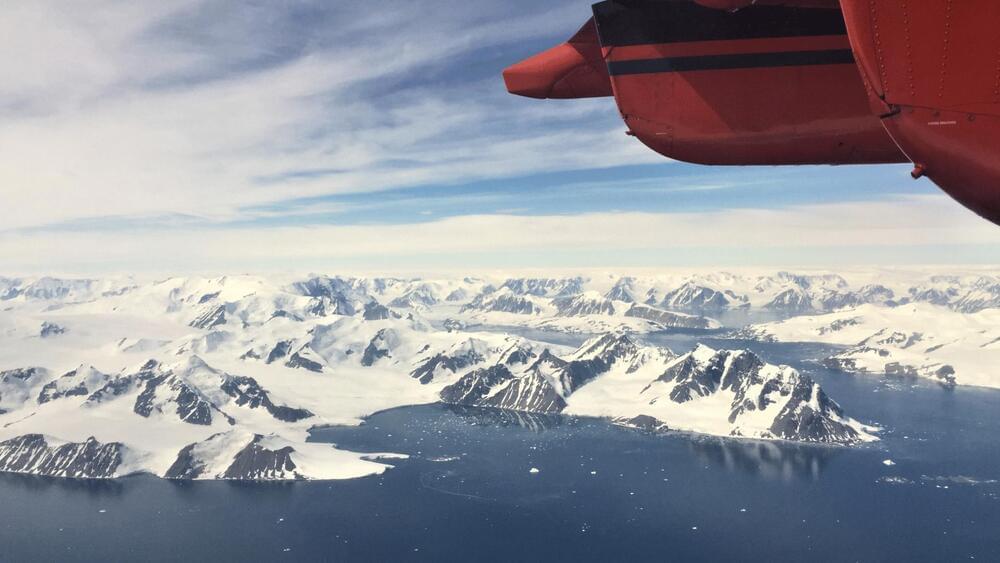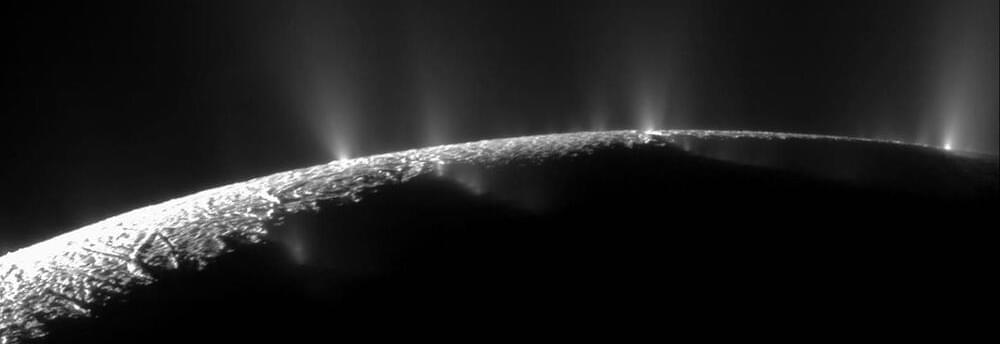A person in Charlotte County, Florida caught a rare “brain-eating” infection.
A team of physicists claims to have pulled energy out of a vacuum, Quanta reports — a trick that required them to teleport it from a different location using quantum tech.
The work builds on previous research by Tohoku University theoretical physicist Masahiro Hotta, who back in 2008 claimed to have found a way to produce negative energy, a seemingly counterintuitive aspect of quantum theory, inside a quantum vacuum.
In simple terms, instead of extracting something from nothing, the energy was “borrowed” from somewhere else, taking advantage of the idea of quantum entanglement, the fact that two subatomic particles can change their state in line with the other, even when the two are separated by a distance.
The Moon Is Drifting Away From Earth
Posted in space
ESA’s Euclid project manager said it is a “cosmic embarrassment” that we do not know more about these mysterious forces.
The European Space Agency (ESA) will launch its Euclid space observatory in the coming months to investigate the mysterious cosmic phenomena known as dark matter and dark energy.
ESA plans to shed new light on dark energy and dark matter.
ESA / C. Carreau.
It will be the first space mission in history to exclusively search for the mysterious forces, which make up 95 percent of the universe.
It’s called 2dumb2destroy, and it lives up to its name.
Acting stupid can be fun. So, some developers produced a goofy little chatbot called “2dumb2destroy.” The system is trained on entertaining datasets that emerge from crap like all seven “Police Academy” movies, quotes and lines from the Naked Gun films, Pauly Shore features, the sayings of Homer Simpson, Ralph Wiggum quotes, and a lot more useless but fun stuff.
It was created by the developer of OpenAI’s GPT-3, Craig Shervin and Steve Nass, who met while working at a New York advertising agency.
2dumb2destroy.
The system is trained on entertaining datasets that emerge from crap like all seven “Police Academy” movies, quotes and lines from the Naked Gun films, Pauly Shore features, the sayings of Homer Simpson, Ralph Wiggum quotes, and a lot more useless but fun stuff.
The ship could be ready by the autumn of 2024.
A consortium of companies in the U.K. has bagged a GBP 5.4 million (US$6.46) government grant to build the world’s first liquid hydrogen-powered autonomous vessel and its allied infrastructure, a press release said. The grant is aimed at helping decarbonize the maritime sector.
With governments keen on meeting the ‘net-zero’ goals, a flurry of changes is being brought to the transportation industry. In the U.S., a roll-out of the national charger network is being planned, while the adoption of electric vehicles (EVs) is being encouraged, while the sale of combustion engines is even being banned in some nations.
Its A100 chip has the world’s fastest memory bandwidth at over 2 terabytes per second (TB/s).
Advanced language models powered by Artificial Intelligence have taken the technology industry by storm of late. Platforms like Google and Microsoft are racing to integrate AI capabilities into their search engines after OpenAI’s revolutionary model ChatGPT led the way in integrating AI to produce outstanding results.
AI models are getting highly complex as they take on next-level challenges, such as conversational AI. Such platforms need immense computing and processing power for AI, ML, and data analytics workloads.
Andy/iStock.
Two major uncertainties in the behavior of Antarctic ice are reduced.
The Antarctic Peninsula, the northern and warmest region of Antarctica, is the largest frozen water reservoir on Earth. Around its coastlines, it is estimated that glaciers—massive blocks of moving ice—travel at an average speed of about one kilometer every year.
Additionally, glacier meltwater is estimated to have boosted global sea levels by 7.6 mm between 1992 and 2017.
Dr Anna E. Hogg, University of Leeds.
Still, it has been difficult for researchers to acquire a more detailed insight into how this speed varies seasonally due to difficulties getting onto the glaciers to conduct fieldwork.
“Enceladus is giving us free samples of what’s hidden deep below.”
Saturn’s icy moon Enceladus shoots particles of frozen silica into space, and scientists might finally know why. Scientists have long known that Enceladus spewed out icy silica that eventually made its way into Saturn’s E ring, but they didn’t have a good explanation as to why this was happening.
Now, a new study by a team at the University of California Los Angeles might provide the answer. Their research shows that tidal heating in Encealadus’ rocky core creates currents that push the silica to the surface. Once there, it’s likely released into space by deep-sea hydrothermal vents.
NASA / jpl-caltech / space science institute.
Scientists have long known that Enceladus spewed out icy silica that eventually made its way into Saturn’s E ring, but they didn’t have a good explanation as to why this was happening.
